Last Updated on August 5, 2021

Ink & Pixel is a source of pride and joy for me as a writer and as such, I’m always striving to take this column further for those who read and enjoy it. If you yourself, or anyone you know, helped to make any of the amazing feature animated films found within this column, I would love to talk to you to further my knowledge. Please contact me at [email protected] so we can discuss it further.

Have you ever stopped to think about how much Disney has relied on the classic fables and fairy tales of old when creating so many of their animated masterpieces? Films like BEAUTY AND THE BEAST
, CINDERELLA, THE LITTLE MERMAID, and so many more were all inspired from the cautionary tales of Aesop, The Brothers Grimm, and even in some cases, places like Japan and Persia. Disney certainly has had their fair share of original ideas, but I find it difficult to imagine a world where they don’t owe a massive creative debt to the inspiration and magic of the storytellers that came before them. Disney’s TANGLED is no exception to this method of taking some of literary history’s most influential and sinister stories and transforming them into timeless movie magic.

TANGLED is the American computer animated musical fantasy-comedy film produced by Walt Disney Animation Studios and was released by Walt Disney Pictures back in 2010. Directed by Nathan Greno and Byron Howard, and loosely based off of The Brothers Grimm fairytale “Rapunzel”, TANGLED is Disney’s 50th animated feature in the Walt Disney Classics series. In addition to being one of the most technologically advanced films in the Disney library, TANGLED was also subject to being the film that boasted many milestone events for the House of Mouse – both financially as well as creatively. The film carries with it a rich history of planning, dedication, and painstaking execution. In a moment we’re going to dig a little deeper and see if we can’t find out why, but first let’s review what the film is about.

Once upon a time, a solitary drop of sunlight fell from the sky and gave birth to a golden flower. This flower, imbued with magical properties, was said gift whomever possessed it the gift of eternal youth (not to metion unwaveringly good health). This was indeed fortunate, for the beautiful queen who ruled over the land was very sick, and in dire need of its magic. All the king’s men were ordered to search the kingdom for this flower and bring it to him posthaste – for his wife, the people’s queen, and an unborn child of royal blood were dying.

But huzzah! The flower was found! And so it came to pass that the queen’s health returned, and in those moments of triumph the beautiful princess Rapunzel (voiced by Mandy Moore) was born. Everyone within the kingdom rejoiced at the happy news,! Well, all but one. You see, there inside the outskirts of the castle, was a terrible witch, one who desired the magical flower, named Mother Gothel (voiced by Donna Murphy). Upon sneaking into the royal tower one evening, Mother Gothel, quickly discovered that the flower she’d coveted so dearly had indeed blessed the child with the magical ability to keep whomever nearest to her young forever. It was then that Mother Gothel stole the child and locked her inside the tallest tower in all the land.

Years passed, until a dashing thief by the name of Flynn Rider (voiced by Zachary Levi) came upon the tower to seek refuge in its confines. One frying pan to the skull and a gorgeous yet naive young woman later and we’re off on one of the most ambitious Disney adventures to date. With Mother Gothel hot on their trail, and love all around them, Rapunzel and Flynn soon discover that fairy tales are real, and that if you wish hard enough, your wishes might very well come true.

First, a little background: The tale of Rapunzel was first published by the famous storytellers The Brothers Grimm in the year 1812 as part of a collection of stories entitled Children’s and Household Tales. Originally, Rapunzel was an adaptation of the fairy tale Persinette by Charlotte-Rose de Caumont de la Force, and was published in 1698. The famous story has since been retold by countless others and has remained an enjoyable bedtime story for children all over the world to this very day. Each version has carried with it its own unique twists and turns, but the iconic imagery of the tower, the witch, and Rapunzel’s long, magical, golden locks have remained consistent throughout each iteration.

Would you believe that Walt Disney himself began to develop the idea for TANGLED over 70 years ago! That’s right, it was actually planned as being Disney’s 17th animated feature, but was then placed on the back burner due to other film projects taking precedents. Back then the film was called “Rapunzel”, a name that would later be changed before the time of the film’s official release. Why you ask? Well, it’s a little convoluted but I’ll do my best to explain.

Disney’s film previous to TANGLED was the Louisiana Princess fairytale THE PRINCESS AND THE FROG – a film that had come to be known for “discouraging young boys from seeing it.” In an effort to have TANGLED appear more inclusive to both genders Disney not only changed the title, but also emphasized Flynn’s story and involvement in the film – making it just as important as Rapunzel’s. As a result, concerned parents, Disney enthusiasts, and critics alike wagged their collective finger at the company, claiming that it was nothing more than a marketing ploy.

Margot Magowan, a writer for the San Francisco Chronicle, even went so far as to say “Can you imagine if Disney…switched a movie title so it wouldn’t risk highlighting a male star? It’s awful that this kind of radical gender discrimination exists for our smallest people (little kids) who come into this world with huge imaginations and aspirations, big dreams that get squashed by a bunch of billionaire guys who run massive entertainment franchises.” Directors Nathan Greno and Byron Howard claimed that the title change was simply a marketing decision, and that the film needed a title that included both characters, as the story they were telling featured them both equally. I don’t know about you, but that sounds like a good reason to me.

Despite the title chance kerfuffle, TANGLED pressed on – and in doing so became what experts would say is the most expensive animated film ever made (as well as the second most expensive film ever made). Having taken a total of 6 years to complete, Disney’s retooling of the Grimms fairytale cost the company an estimated total of $260 million dollars to produce. What?! Why so much? Well, TANGLED was truly remarkable in a sense of that the tools needed to create the film’s desired CGI effects had yet to be invented. For real, it had taken the animation team a whole 6 years to develop a program that would allow for them to work with Rapunzel’s 70 feet of unruly, animated hair. Using a modified version of the Dynamic Wires hair simulation program, the art staff began animating the required total of 100,000 strands of hair atop Rapunzel’s head. Can you even begin to imagine a feat such as this? 100,000 strands! Each of them individually mapped, and every one of them fully capable of offsetting the others with a single digit of bad math. What a nightmare! This movie should have been called “Patience”.

In regard to the film’s classic fairy tale look, Disney was inspired by The Rococo paintings of Jean-Honoré Fragonard – a French painter and printmaker whose Rococo style was laden with themes of joy and hedonism. Mostly active in the final decades of the Ancien Régime, Fragonard was reponsible for over 550 paintings depicting a plethora of beautiful taboos. When gazing upon one particular painting entitled “The Swing”, Disney said “Yes!”, and thus built an artful landscape where Rapunzel and Flynn could live out their love story in a world filled with lush enviroments and the busiest kingdom ever to grace the Disney silver screen. It’s true, there were a total of 3,000 individually moving figures inside the walls of Rapunzel’s true and royal home.

Before we go let’s take a moment to talk about the 3D technology used when creating TANGLED. To achieve the film’s unique sense of depth, a new technique called multi-rigging was implemented. Multi-Rigging is achieved by setting up multiple pairs of virtual cameras. Each pair is then used individually, while affixed to a seperate element (position), that will add depth to a scene. You’re essentially giving primary importance to both the foreground as well as the background. Now after you’ve filmed both, you sandwich them together – thereby creating one layer. This is what you get when you shoot a scene using a Multi-Rig – concentrated, equally important shots, together, presented as one. It’s a thing of beauty.

By the end of its box office run TANGLED raked in a total of $590,721,936 making it (at the time) the 18th highest grossing animated film of all time. Since its release, TANGLED recieved the spin-off treatment by way of a 6-minute animated short called TANGLED EVER AFTER
. The short priemered before the 3D theatrical re-release of Disney’s BEAUTY AND THE BEAST in January of 2012. The story of the short takes place on (SPOILER!) Rapunzel and Flynn’s wedding day, and highlights the characters of Pascal the chameleon and Maximus, leader of the kingdom’s royal guard. It’s a madcap romp through the kingdom as the two unlikely friends do their best to retrieve a pair of wedding rings that have gone missing, just moments before the ceremony is to begin! It’s hilarious! Plus, anything featuring more of Maximus is a good thing. He was by far my favorite featured character in TANGLED.

I for one simply cannot wait to see what Disney comes up with next. It makes no difference to me whether it’s an original property or perhaps something re-imagined from the pages of timeless stories told to us all throughout the ages. The writers and artists at Disney always manage to find a creative and unique way to tell their version of the story and many childhoods would not have been the same without them. Do yourself a favor and take the time to watch TANGLED and see for yourself just how far we’ve come in the world of traditional as well as computer generated art.


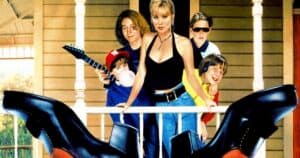
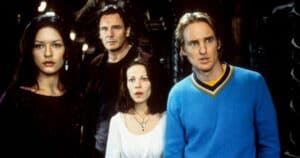
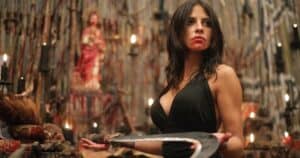
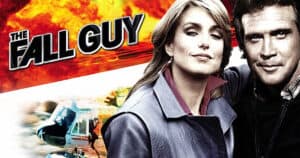
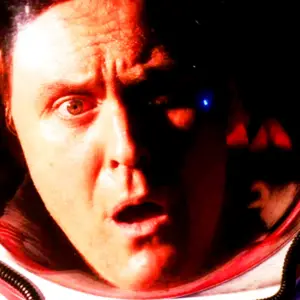
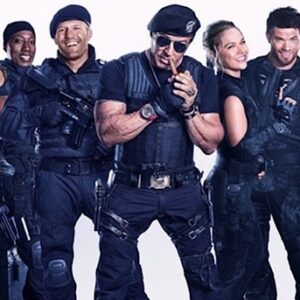
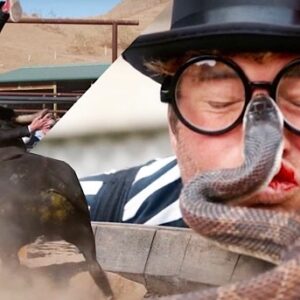
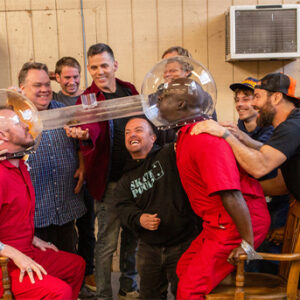
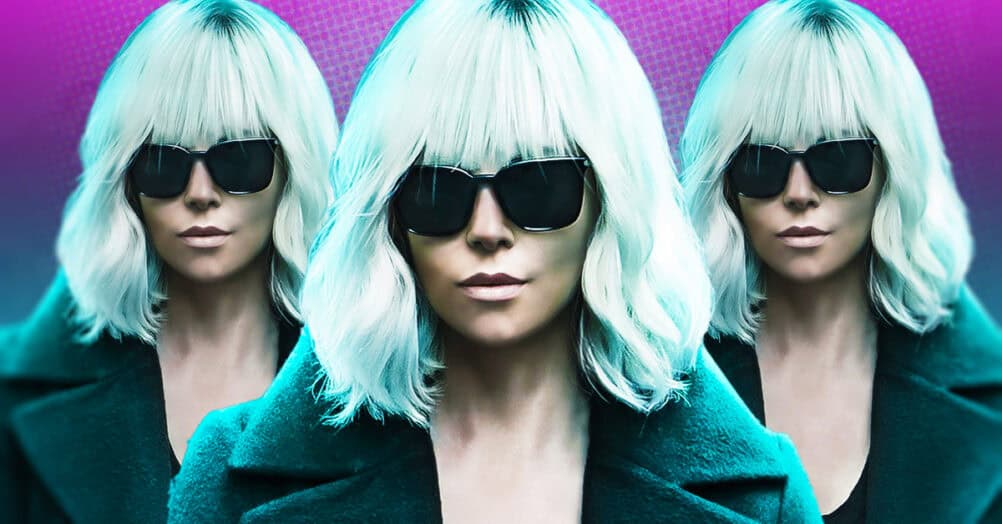
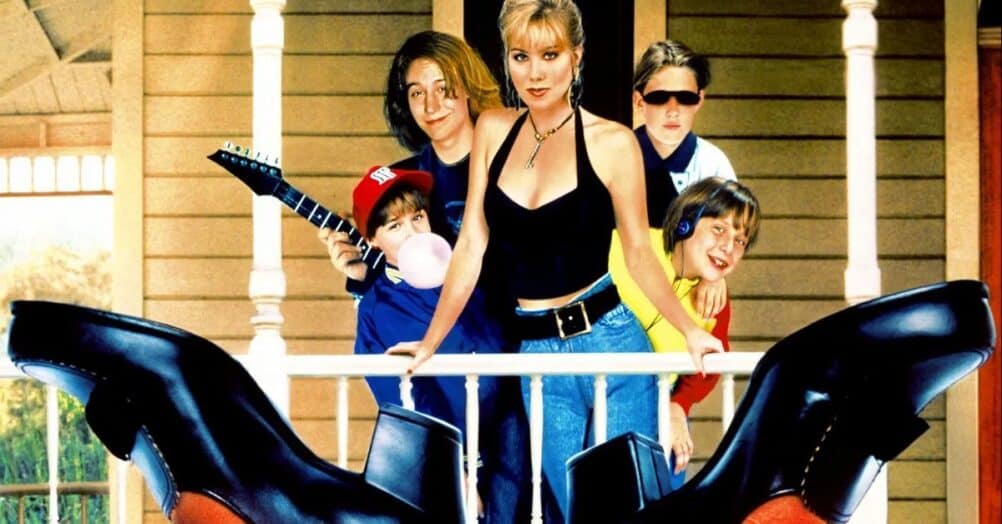
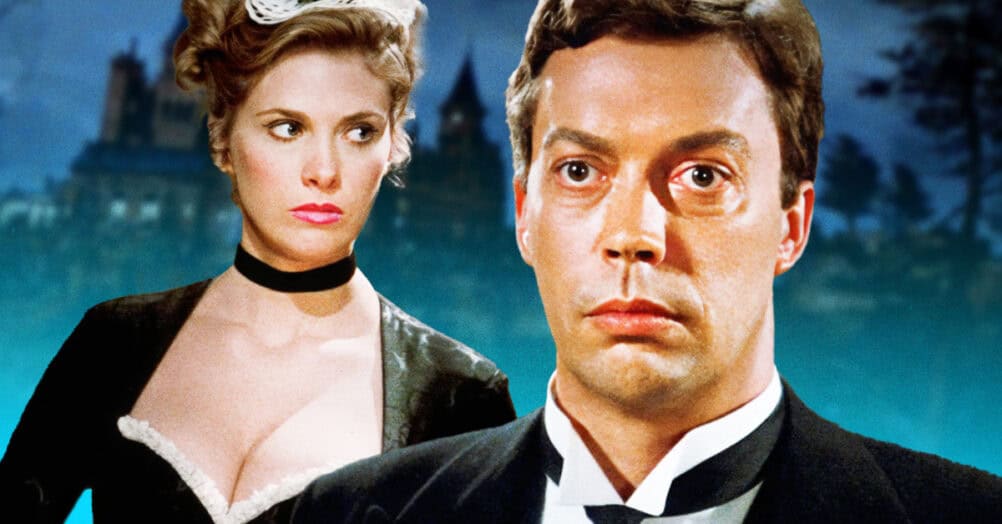
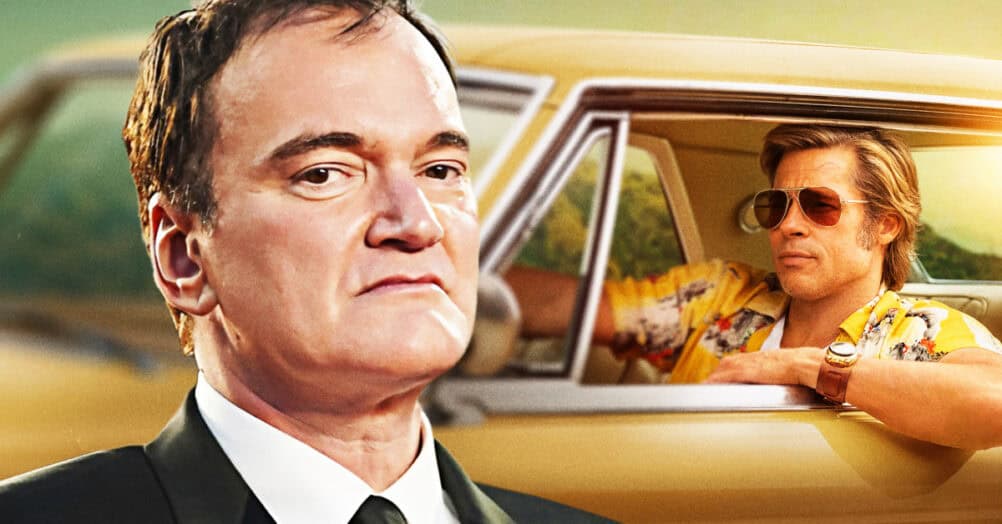
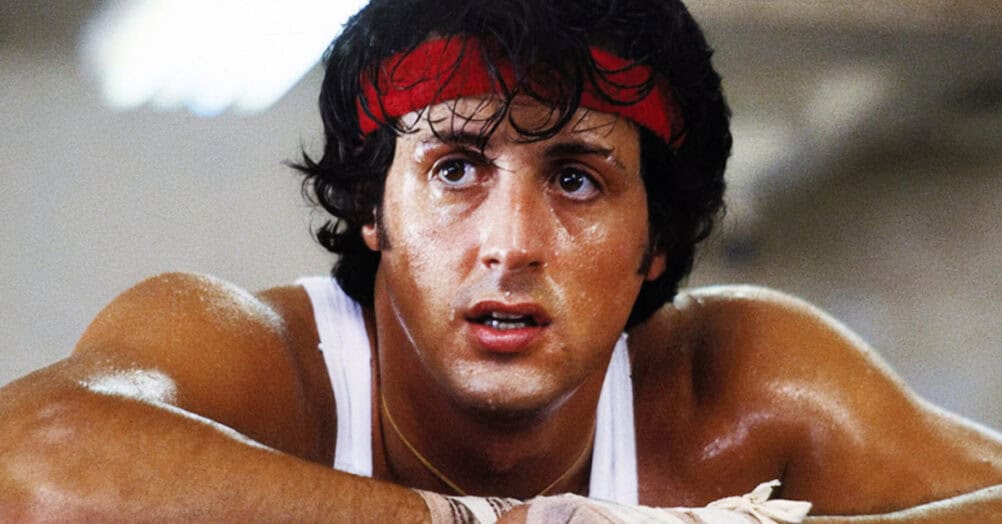

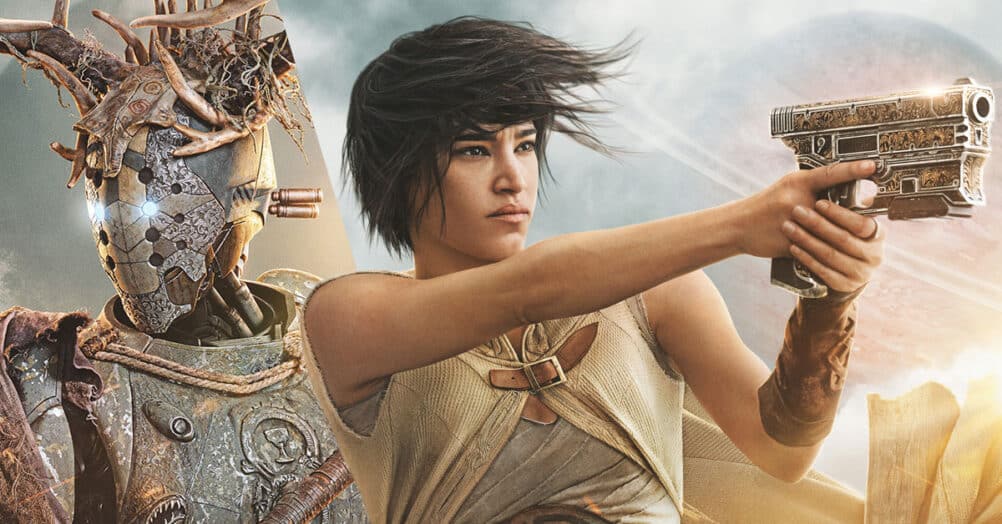
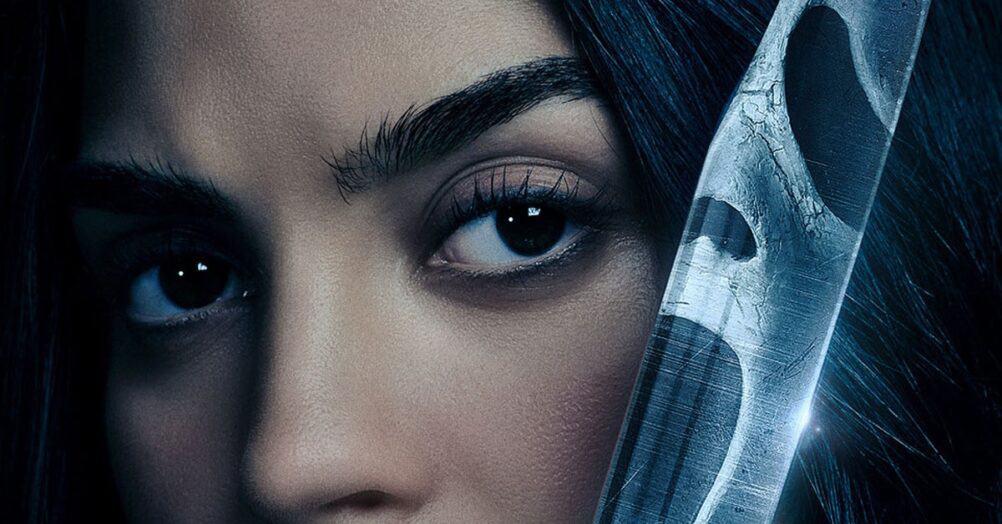
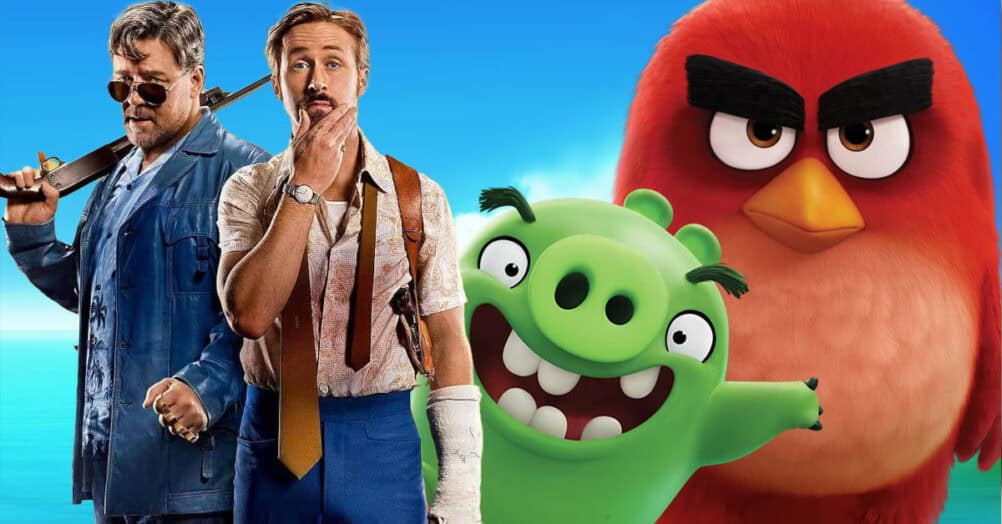
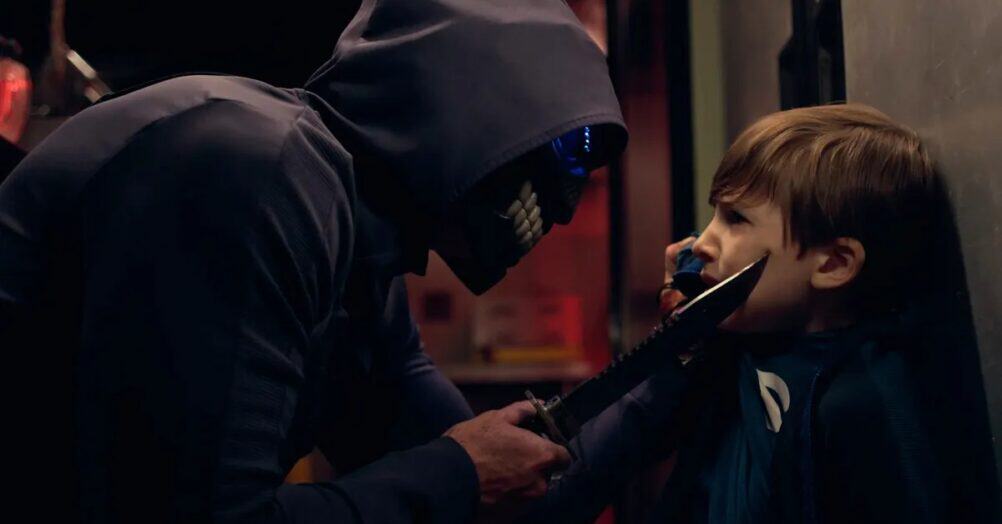
Follow the JOBLO MOVIE NETWORK
Follow us on YOUTUBE
Follow ARROW IN THE HEAD
Follow AITH on YOUTUBE